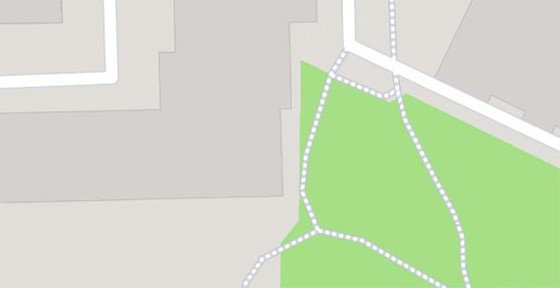The megalithic complex was carved on the slope of the eastern Rhodope Mountains at an altitude of 470 m above sea level. It consists of a fortress surrounded by a massive wall, an acropolis, a palace and a temple, and an outer city. It is probably the largest megalithic complex in the Balkans.
A pulpit dating back to the end of the 4th or the beginning of the 5th century was found in the complex. It is the time coinciding with the conversion of the Thracians to Christianity. It is probably the first pulpit built in Bulgaria.
The oldest traces of religious practice in the complex date back to the early Iron Age. From this time, among others, an altar carved out of rock. The city itself functioned in the period from 2,000 BC to the 14th century, i.e. the end of the second Bulgarian state. In the 4th century AD it was destroyed during an invasion by the Goths. In the following centuries, it experienced a period of its greatest prosperity, which lasted until the 13th century, i.e. the city was taken over by the Ottoman forces.
Attractions inside




